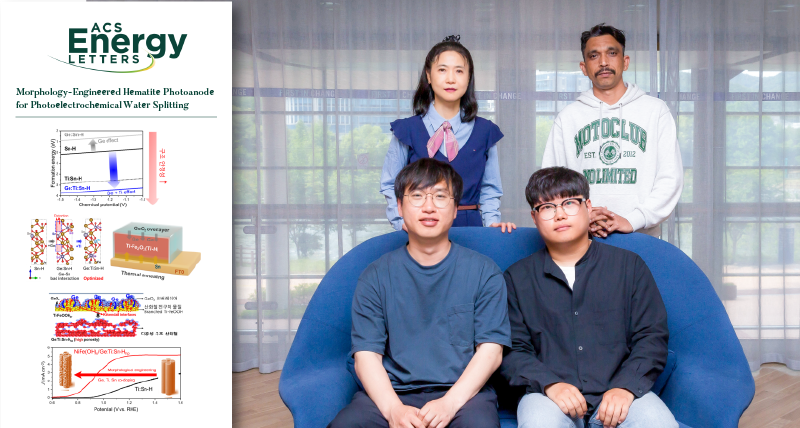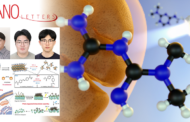A research team, affiliated with UNIST, has made a groundbreaking discovery in developing a novel technology that produces high-efficiency hydrogen using hematite (α-Fe2O3), a form of iron oxide (Fe2O3), which has been exposed to oxygen and water. This innovation has led to a 3.2-fold increase in efficiency compared to previous methods for producing hydrogen from water using sunlight. This breakthrough is expected to enable the use of more affordable and environmentally friendly energy in daily life.
Led by Ji-Hyun Jang in the School of Energy and Chemical Engineering at UNIST, the team has developed an eco-friendly hydrogen production system using hematite-based photoelectrodes with excellent electrical properties. Hydrogen production currently relies heavily on fossil fuels, which poses significant environmental concerns. However, with the advent of eco-friendly hydrogen production technology, commercialization is expected to accelerate.
The poor electrical performance of hematite has been a major drawback in its commercialization, primarily due to its narrow reaction area and lengthy electron transport distance. To address these limitations, the research team optimized its structural characteristics.
By incorporating germanium (Ge), titanium (Ti), and tin (Sn) into the hematite matrix, the team enhanced its electrical properties and engineered a porous structure with an average diameter of less than 10 nm through heat treatment. This innovative approach significantly widened the reaction area and shortened electron transport distance, ultimately overcoming the shortcomings of hematite and yielding a substantial boost in water decomposition efficiency.
Through the fabrication of branched hematite precursors, the team produced a highly nanoporous structure with an average strut diameter below 10 nm between pores. Their findings showed that the hydrogen conversion efficiency using sunlight was increased 3.2 times, as well as excellent long-term stability over 100 hours without any noticeable degradation.
Hydrogen production currently relies heavily on fossil fuels, posing environmental concerns. However, with the development of eco-friendly hydrogen production technology, commercialization is expected to accelerate. Professor Jang emphasized that their research is a significant step towards commercializing green hydrogen production and its application to various semiconductor systems.
“Our findings demonstrate the potential of our strategy for developing highly nanoporous structures and suggest its applicability to a broad range of materials for various applications relying on surface reactions, including solar conversion, energy storage, and sensors,” noted the research team.
The findings of this study were published in the June 2024 issue of ACS Energy Letters. Juhyung Park, a postdoctoral researcher, participated in the study as the first author. The research was supported by the National Research Foundation of Korea (NRF), the Ministry of Science and ICT (MSIT), and through the Engineering Research Center for Microplastic through Bio/Chemical engineering Convergence Process.
Journal Reference
Juhyung Park, Ki-Yong Yoon, Balaji G. Ghule, et al., “Morphology-Engineered Hematite Photoanode for Photoelectrochemical Water Splitting,” ACS Energy Letters, (2024).












